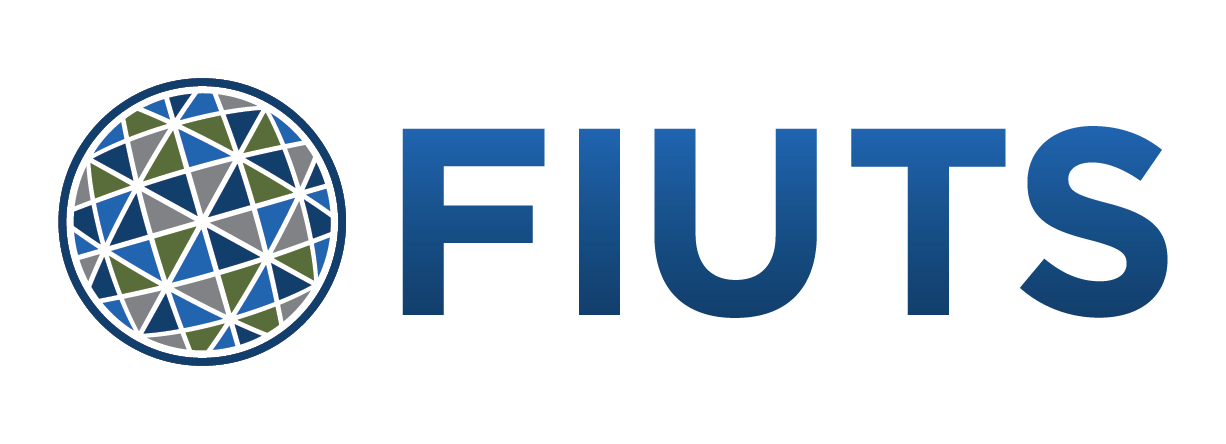Travel & Transportation
Air Travel
FIUTS staff will meet you at the airport - we’ll be holding a big sign that says “Welcome FIUTS SUSI” and will send you instructions on where to find us before you arrive. Please read the following travel tips carefully to make your trip as smooth as possible.
Travel Tips: Carry contact information for the Meridian and FIUTS SUSI staff with you in your carry-on luggage. If your miss your flight or your flight is delayed, please contact the FIUTS staff via phone or e-mail.
You should label your luggage with the following information:
Your name
Your e-mail address
FIUTS
909 NE 43rd St. Ste 210
Seattle, WA 98105
Checked baggage: You may check ONE bag free of charge. This bag can be a maximum weight of 50 lbs (22 kg). We suggest that you leave available space and weight in your suitcase for anything that you may buy in the U.S. The cost of checking a second bag of the same size and weight is typically $75 each way, but depends on the airline.
Carry-on baggage: You may carry one bag and one personal item onto the airplane with you. Both your carry-on bag, such as a backpack or small suitcase and your personal item, such as a camera case, purse or briefcase, must be able to fit in the overhead bin or under the seat in front of you.
Security: After you check in for a flight you will go through airport security. The first step will be to show a TSA (Transportation Security Administration) agent your boarding pass and passport. The next step will be to put your belongings on the belt of the x-ray machine. There are bins available to place your coat, shoes, laptop, liquids, and other carry-on items. You will need to take off your coat and shoes as you cannot wear them through the metal detector. After you place all of your belongings on the belt of the x-ray machine, you will pass through the metal detector.
Metal Detector: Travelers are required to empty their pockets and remove their shoes, belt and coat before entering the walk-through metal detector at all U.S. airports. These items must be placed in a bin and put through the x-ray machine for inspection. This allows officers to see if items have been tampered with in any way.
Liquids, gels and aerosols: Liquids, gels and aerosols that you bring in your carry-on luggage must fit in one clear, quart- or liter-sized plastic bag, in containers of 3 oz. (100 mL) or less. Plastic bags must be completely sealed. You must remove the plastic bag from your carry-on and place it separately in the bin. (Liquids in larger containers may go in your checked luggage.)
The following items are allowed in carry-on luggage but must be presented to officials at security checkpoints if they are of greater volume than 3 oz. (100 mL):
Medications (liquid, gel or aerosol)
Liquids, juices or gels for diabetic passengers who indicate a need for such items to address their medical condition. (A letter from your physician is not necessary.)
Have your documents ready: You will need to present your boarding pass and passport to the Transportation Security Officer at the checkpoint and as you board the plane. Hold your passport and your boarding pass in your hands or zip them into a secure pocket of your carry-on bag at all times.
Do NOT bring:
Any alcoholic drinks.
Fresh food (including cheese or sausage), plants, flowers.
Any weapons or sharp instruments, as the airlines will confiscate them for security reasons.
Remember to drink lots of water when you travel! It will make you feel better and help you recover more quickly from “jet lag.”
Luggage and Packing. We strongly recommend that you pack conservatively. You will be responsible for carrying ALL of your luggage. Do not take more than you can personally carry at one time.
In addition to your checked luggage, you can carry on to the plane one small bag. Your carry-on bag should contain small toiletries (none larger than 3 ounces ~ 0.08 liters), a change of clothes and anything else necessary to survive for a day or two in case your checked luggage is lost. You should carry your passport, airline ticket and money on person at all times when traveling. Do not lock your luggage for domestic and international flights. This will only slow down security checks, and you risk having airport personnel break the locks to examine the contents of your bags.
Travel while in the U.S.
Public Transportation: In Seattle, we will travel primarily by public transportation. You will receive a transit pass, called an ORCA card. This pass can be used on all public transportation in the city. We will take public transportation to get around the city during program hours and you can use the city bus to explore the city on your own time as well. Here is a link to the Seattle Metro website to start exploring our bus system: http://metro.kingcounty.gov/
Walking: Get ready to walk! We will do a lot of walking during the program so bring comfortable walking shoes and be prepared to walk to class, program outings and other activities during the program.

